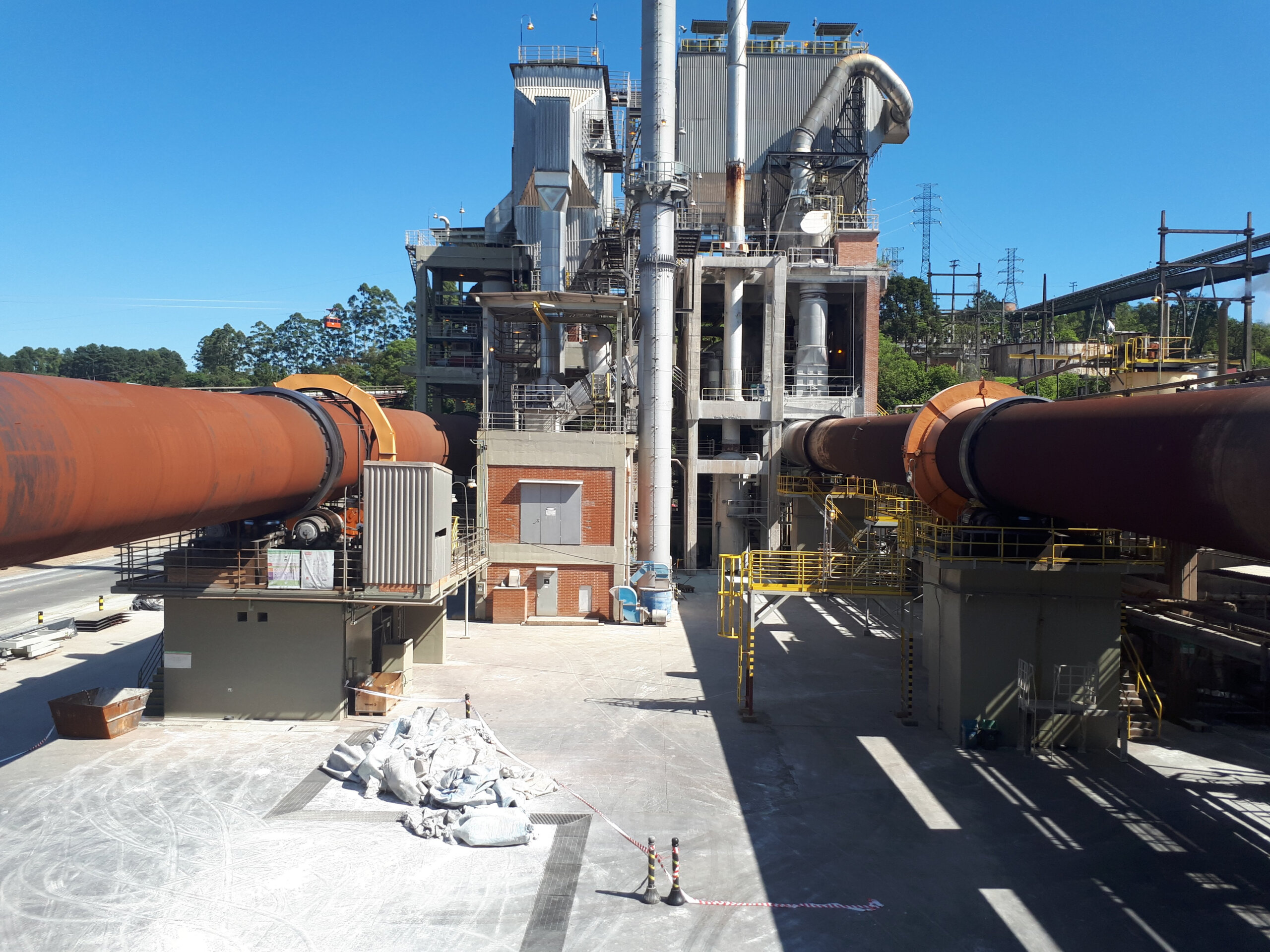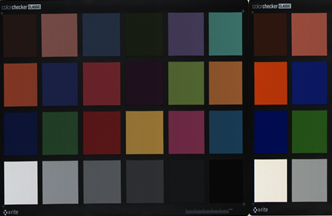Project Description
 ProSensus created a soft sensor to stabilize the lime kiln operation at Irving using real-time process measurements and images from from a camera in the kiln. The soft-sensor predicted kiln exit temperature hours in advance and allowed operators to make adjustments to optimize operations.
ProSensus created a soft sensor to stabilize the lime kiln operation at Irving using real-time process measurements and images from from a camera in the kiln. The soft-sensor predicted kiln exit temperature hours in advance and allowed operators to make adjustments to optimize operations.
Project Details
The Challenge
Kilns can be difficult to operate due to fluctuations in raw material quality and long process dynamics. Poor temperature control of a kiln leads to rapid fouling, high energy costs and greater greenhouse gas emissions.
The goal of this work was the increase the kiln stability by predicting the kiln exit temperature 2 hours in advance, providing operators with a guidance tool for making process changes in advance.
The Results
 Using flame images and process data, kiln firing end temperature (FET) is accurately predicted 2 hours in advance.
Using flame images and process data, kiln firing end temperature (FET) is accurately predicted 2 hours in advance.
The FET model was successfully placed online using ProMV Online and served as an advisory tool for operators. If the operators see that the FET is predicted to be reasonable in 2 hours there would be no need to make a process change, preventing unnecessary fluctuations.
Likewise, if there is a large temperature change being predicted, the operators would make a change to one of the manipulated variables. In a subsequent phase of work Irving planned to implement a model-predictive control system that could use this soft sensor prediction as one of its controlled variables.
The ProSensus Approach
To build the predictive models all of the available data were used including readily available flame images and process data. A designed experiment was run to efficiently acquire high quality data for model building.

Features were extracted from the images using multivariate image analysis techniques [1, 2], namely masking. Process measurements that were used include the manipulated variables (fuel flow, air flow and mud flow) as well as the important response variables (firing end temperature, residual CaCO3). After accounting for process dynamics, the extracted image features were combined with process data to create a predictive model (based on PLS) to successfully predict FET 2 hours into the future.
References
- M. Cardin. (2009). Inferential Models for Combustion Processes, Ma.Sc Thesis, Department of Chemical Engineering, McMaster University, Canada.
- M. Bharati. (2002). Multivariate Image Analysis and Regression for Industrial Process Monitoring and Product Quality Control. PhD Thesis, Department of Chemical Engineering, McMaster University, Canada.
- T.E. Marlin (2000). Process Control – Designing Processes and Control Systems for Dynamic Performance, 2nd Edition. McGraw Hill.










